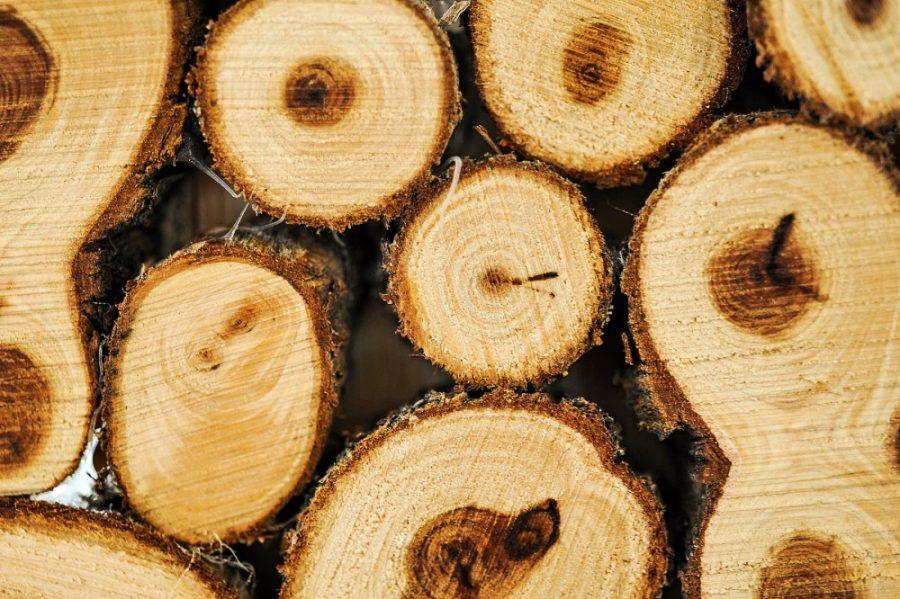Valerie Trouet, associate professor of dendrochronology in the Laboratory of Tree-Ring Research, has led a multi-institution team to show that a period in the late 17th to early 18th centuries experienced the lowest number of hurricanes in the last 600 years.
Using a combination of tree ring information and Spanish shipwreck data, Trouet and her team were able to not only show the dip in hurricane activity, but also propose reasons for why it occurred.
Trouet has been studying tree rings since 1998. The UA is one of the few institutions with a laboratory dedicated entirely to tree ring research, and it is one of the biggest in the world. Tree ring data can give extensive information about the tree’s environment, including climate, weather patterns, forest fires and insect impacts. Archaeological structures can even be dated, provided they are made of wood.
Each tree ring represents a year of growth in the history of the tree, which are impacted by climate and conditions. Wider rings indicate greater growth, whereas narrow rings indicate little growth.
Hurricanes have profound impacts on trees, as images from recent storms have shown.
“We’ve only been looking at storms with instruments since about 1850,” Trouet said. “So, we needed something else [to look farther back], and that’s where the tree rings come in.”
Pine trees that aren’t killed by hurricanes have their needles torn off, inhibiting photosynthesis. In addition, surviving trees close to the ocean get flooded with salt water, drying them out.
There are some sturdy trees that have survived in the Caribbean since the 1700s, and what trees like that show is that hurricane activity was at an all-time low around that period.
Trouet described hurricane influence on tree rings as “a very distinct, abrupt change in the width of the tree rings.” The intensity of hurricanes means that Trouet and her team were able to distinguish between hurricanes and common storms.
Tree ring data provides part of the picture, but Trouet needed more information to back it up and create a better portrait of what the climate was like 500 years ago.
Shipwreck data was able to fill the gap.
RELATED: 400 parts per million: We’ve reached a climate change ‘tipping point’
The Spanish were very busy in the Caribbean in the 1700s with activities including farming and trading. Shipping records from the period include data on vessels coming and going, as well as those lost at sea. As a result, there is now a full archive of Spanish ships destroyed in the Caribbean.
Focusing only on ships destroyed in storms and hurricanes, the data corroborates what was found in the tree ring research: a dip in hurricane activity. But why?
In the years between 1645-1715, the globe experienced what was called the Maunder Minimum. At the time, the sun was experiencing less sunspot activity, indicating less solar radiation. Combine this with the Little Ice Age—a time between 1500 and 1850 when overall temperatures were lower than previous and lower than they are today. Thought to have been caused by volcanic activity, “it’s not a real ice age, but they were colder than they were before and after,” Trouet said.
Hurricanes require specific circumstances to form, and this includes ocean temperature. Lower temperatures mean lower energy, and lower energy means fewer hurricanes. Between these factors, the cold shift dropped hurricane activity by about 75 percent between 1645-1715.
“The way that we are looking at how hurricane activity will change in the future with global warming is through models,” Trouet said.
With global warming on the rise, that could mean there may be a rise in hurricane activity.
By broadening the span of climate and hurricane records, Trouet said that “our data will improve the models that are used to project what’s going to happen in the future.”
Follow William Rockwell on Twitter.









